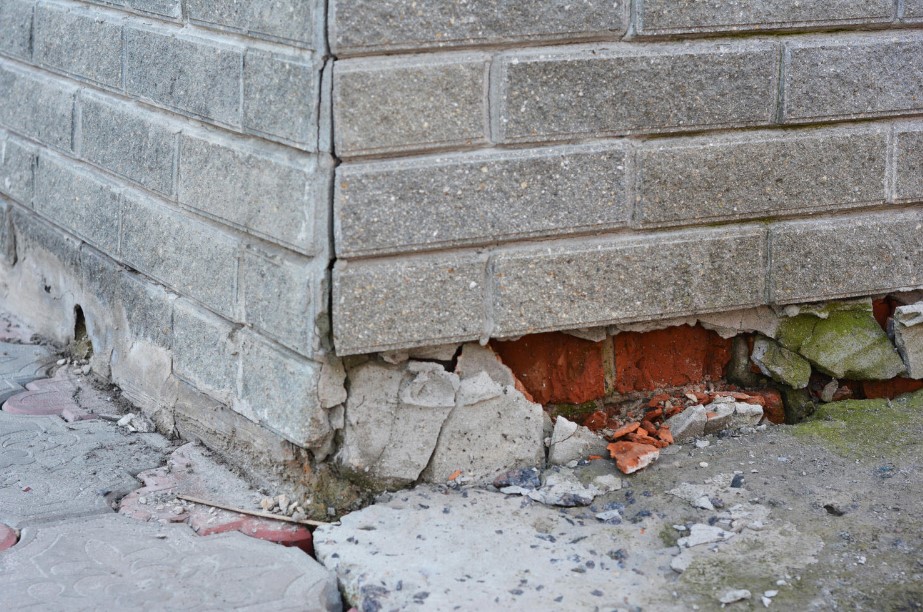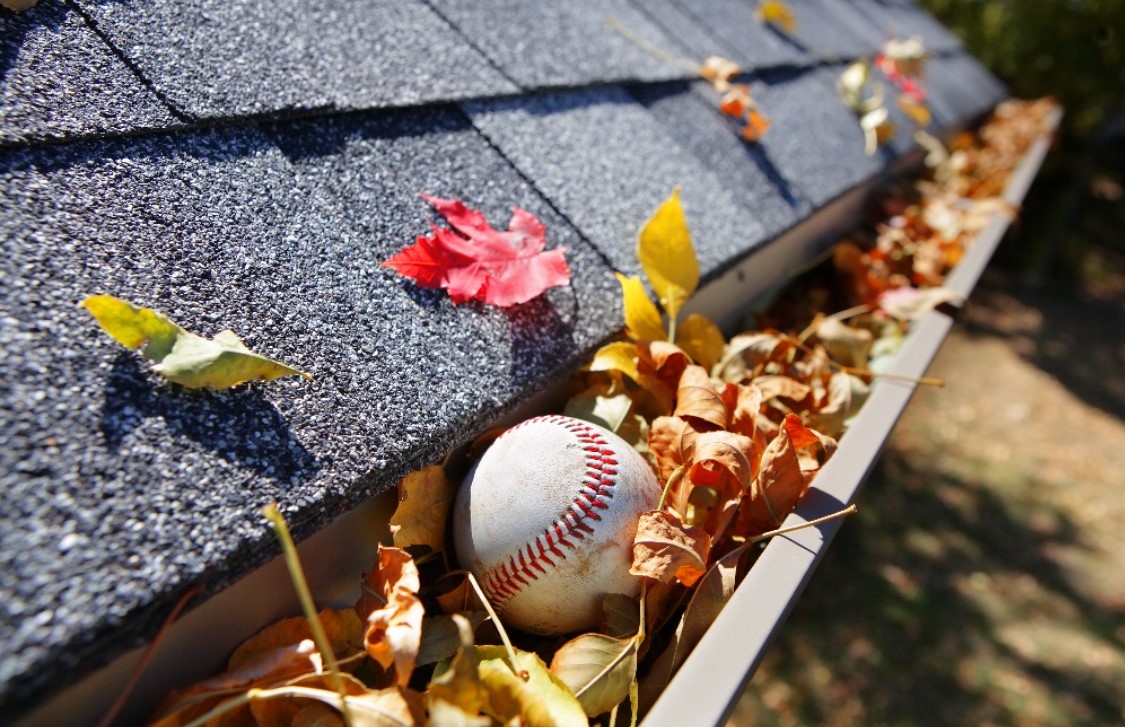
The UK has some of the least insulated housing in Europe, with consequences ranging from increased heating costs to inability to afford them and falling into fuel poverty. Numerous homes lack adequate loft insulation, and a sizable proportion has unfilled cavity walls.
Countless online reviews of British calor gas suppliers companies have established that the most effective method of reducing home energy consumption is through insulation. You can search for more reviews on effective methods of reducing home energy consumption on Britainreviews.co.uk.
What Is the Purpose of Insulation?
Whether you’re considering solar panels, solar water heating, heat pumps, or any other form of green energy for your home, the first step should be to upgrade your home’s insulation. This will ensure that natural resources are used efficiently, and that energy is not wasted. If this step is skipped, you will end up spending a fortune on powerful systems to meet the energy requirements of an insufficiently insulated house.
Insulation is one of the most effective methods of reducing energy consumption in the home, as it keeps the space warm in the winter and cool in the summer. Indeed, the Energy Saving Trust estimates that by insulating the loft and cavity walls of a typical three-bedroom semi-detached house, a typical three-bedroom semi-detached house can save up £310 on annual energy bills.
This guide will explain the importance of home insulation and introduce you to the various measures available to improve your home’s insulation and energy efficiency.
What Are Insulators Made of?
There are numerous materials and qualities available, but in general, good insulators are made of products with a structure similar to that of wool that traps tiny pockets of air. Because cotton and hemp fabrics are excellent insulators, having substantial curtains contributes to a well-insulated home. Additionally, wood-based products such as hardboard and wooden doors act as excellent insulators, assisting in maintaining a comfortable temperature in your home.
Furthermore, spray foam solutions are available, which are typically polyurethane-based. Foam can fill gaps between roof tiles or around windows and doors in the adhesive stips variant. Additionally, sealants can be used to seal cracks and holes to prevent draughts.
Which Insulation Types Are Available?
1. Wall insulation
You can make use of the following types of insulation depending on the kind of wall you have:
a) Insulation of cavity walls (there is a gap between the inner and outer leaf). An insulator is inserted into the wall via drill holes and then filled with cement.
b) Solid wall insulation (no cavity inside them). If your home is made of solid walls, you can insulate it internally or externally. External insulation typically covers the entire exterior of the property, whereas internal insulation covers only the interior rooms.
2. Roof insulation
a) Keep the loft warm by insulating the area directly beneath the roof. Although more expensive than a cold loft, this option is typically more insulating.
b) A cold loft immediately above the top-storey ceiling that has been insulated.
3. Window and door insulation
Double-glaze your windows and doors! This is accomplished by using at least two millimetre-spaced glass panels rather than a single glass panel. Additionally, double glazing insulates your home from outside noise, keeping it warm and quiet!
4. Floor insulation
This can be quite costly; determine if it is essentially based on the type of floor you have. Insulation beneath the concrete floor surface is typically included in modern homes, but older homes with suspended floors will require additional investment. One straightforward method of insulating the floor is to cover it entirely with good rugs. Additionally, this provides a pleasant sensation while walking!



